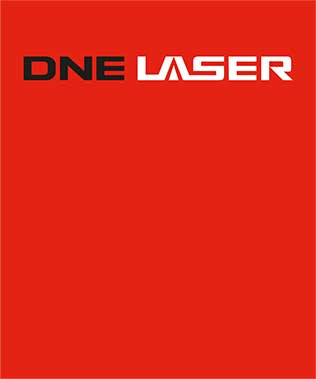Choice of metal cutting technology
Published:2021-03-19 Browse:28Editor in charge:DNE Laser (Member of Bystronic)
As the demand for metal cutting continues to grow, new cutting technologies continue to emerge. When it comes to metal processing technologies used today, the most common ones are laser cutting, plasma cutting or waterjet cutting. The choice of cutting technology will greatly affect the overall cost of metal positioning (ie structure) and its quality. So, which metal cutting technique is the best?
Laser metal cutting
Laser metal cutting has been used for decades, and cutting technology is constantly improving. Since the initial use of laser, modern technology (especially CNC) has improved the accuracy and economy of laser cutting, making it one of the most affordable cutting technologies.
Laser metal cutting is most commonly used to cut metals with a homogeneous structure, and impurities and mixtures will greatly reduce the cutting quality. In addition to reducing the quality, it may also damage the optical lens of the laser. Nowadays, in production practice, it is more and more necessary to cut very thin materials. These materials must be discharged due to the low thickness of the excess heat generated by the cutting process itself.
Laser cutting is used to cut various metal types and metal thicknesses. Economical and high-quality; the combination of laser and CNC technology makes it possible to perform very complex cutting processes.
Plasma cutting
Since its first use in 1960, plasma cutting has been in practice. Plasma cutting introduces negatively charged gas ions into the metal being cut almost at the speed of sound. During the cutting process, the metal is positively charged. After the plasma beam penetrates the metal, the temperature is as high as 28,000 degrees Celsius. Due to the danger of high temperature affecting the surrounding materials, auxiliary gas should also be used when cutting. The choice of auxiliary gas in plasma cutting mainly depends on the metal being cut. For example, when cutting stainless steel, you can use air, oxygen or a mixture of argon and hydrogen, and when cutting aluminum, you can only use air as an auxiliary gas.
Waterjet cutting
Waterjet metal cutting is the same as the first two cutting techniques in application and practice. The principle of its operation consists of accelerating a mixture of water and grinding media to the speed of sound. At this speed, water will penetrate into the metal to be cut, just like the aforementioned cutting technique, water will also cut the metal.
For all types of metals to be cut, the waterjet cutting parameters are mostly the same. One of the main advantages of this metal cutting is the high precision and cold working during cutting. These advantages make the water cutting metal thickness up to 100 mm.
Which cutting technique should you choose?
When choosing the best metal cutting technology, you must first consider the required cutting accuracy and the performance of the material being cut, as well as the production cycle and processing costs. Therefore, it is recommended to use laser cutting for metal processing projects that require more complex and precise processing, as well as high precision and cutting efficiency. In most cases, plasma cutting is used for larger sizes and thicker sections. It is recommended to perform water cutting on metals that are no more than 46 mm thick or temperature-sensitive metals.
 Bystronic (Shenzhen) Laser Technology Co., Ltd.
Bystronic (Shenzhen) Laser Technology Co., Ltd.